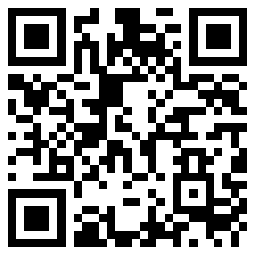Text 1
About 350 million people around the world suffer from depression. Therapists can use many different techniques to help, but none has more rigorous scientific evidence behind it than cognitive-behavioral therapy (CBT). This “inside-out” technique focuses primarily on thought patterns, training patients to recognize and reframe problematic thinking. Now, however, mental health professionals have another option: mounting evidence shows that a technique called behavioral-activation (BA) therapy is just as effective as CBT.
BA is an outside-in technique in which therapists focus on modifying actions rather than thoughts. “The idea is that what you do and how you feel are linked,” says David Richards, a health services researcher at the University of Exeter in England. If a patient values nature and family, for example, a therapist might encourage him to schedule a daily walk in the park with his grandchildren. Doing so could increase the rewards of engaging more with the outside world, which can be a struggle for depressed people, and could create an alternative to more negative pastimes such as ruminating on loss. BA has existed for decades, and some of its elements are used in CBT, yet until now it had never been tested with the scale and rigor needed to assess its relative strength as a stand-alone approach.
In one of the largest studies of its kind, Richards led a collaboration of 18 researchers working at three mental health centers in the U.K. who put BA and CBT head-to-head. They assigned 440 people with depression to about 16 weeks of one of the two approaches, then followed the patients’ progress at 6, 12 and 18 months after treatment began. As revealed in a paper, published online in July in the Lancet, the team found the treatments to be equally effective. A year on, about two thirds of the patients in both groups reported at least a 50 percent reduction in their symptoms.
These findings could change therapeutic guidelines. For instance, patients with depression could begin with simpler therapies such as BA, then seek out more specialized care if they do not respond to that treatment. The approach is similar to the prescription of antidepressant medications, which have a success rate comparable to that of these therapies. “We believe that behavioral activation is a good first step in treatment, and this article addresses that point,” says Weill Cornell Medical College geriatric psychiatrist George Alexopoulos, who was not involved in the study.
In addition, Richards and his colleagues found that junior health workers could provide BA after a brief training period—making it significantly cheaper to implement than CBT, which requires highly specialized therapists. That distinction could make the former a boon to developing countries, where resources for mental health are especially scarce.
25. The author’s attitude towards BA and CBT is ______.

















 预约成功!
预约成功!
















